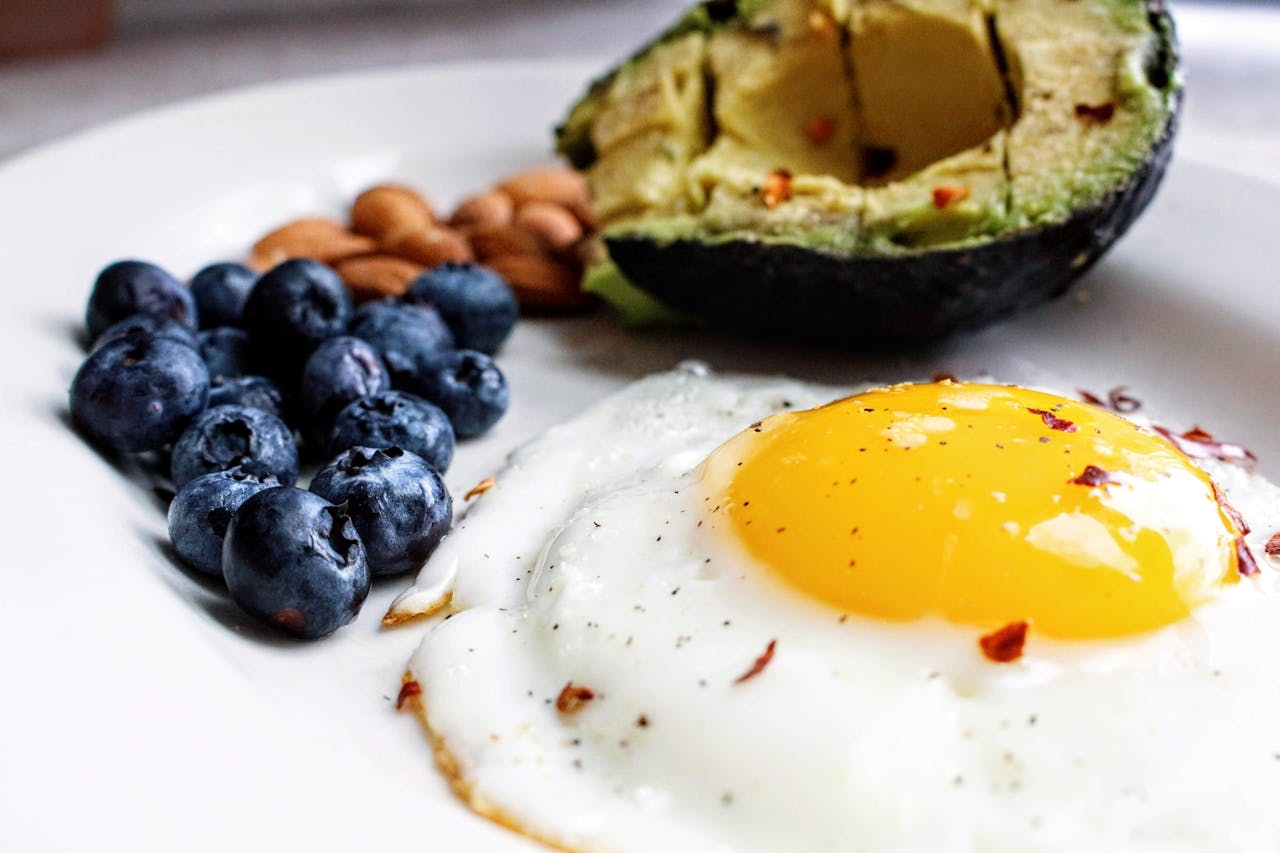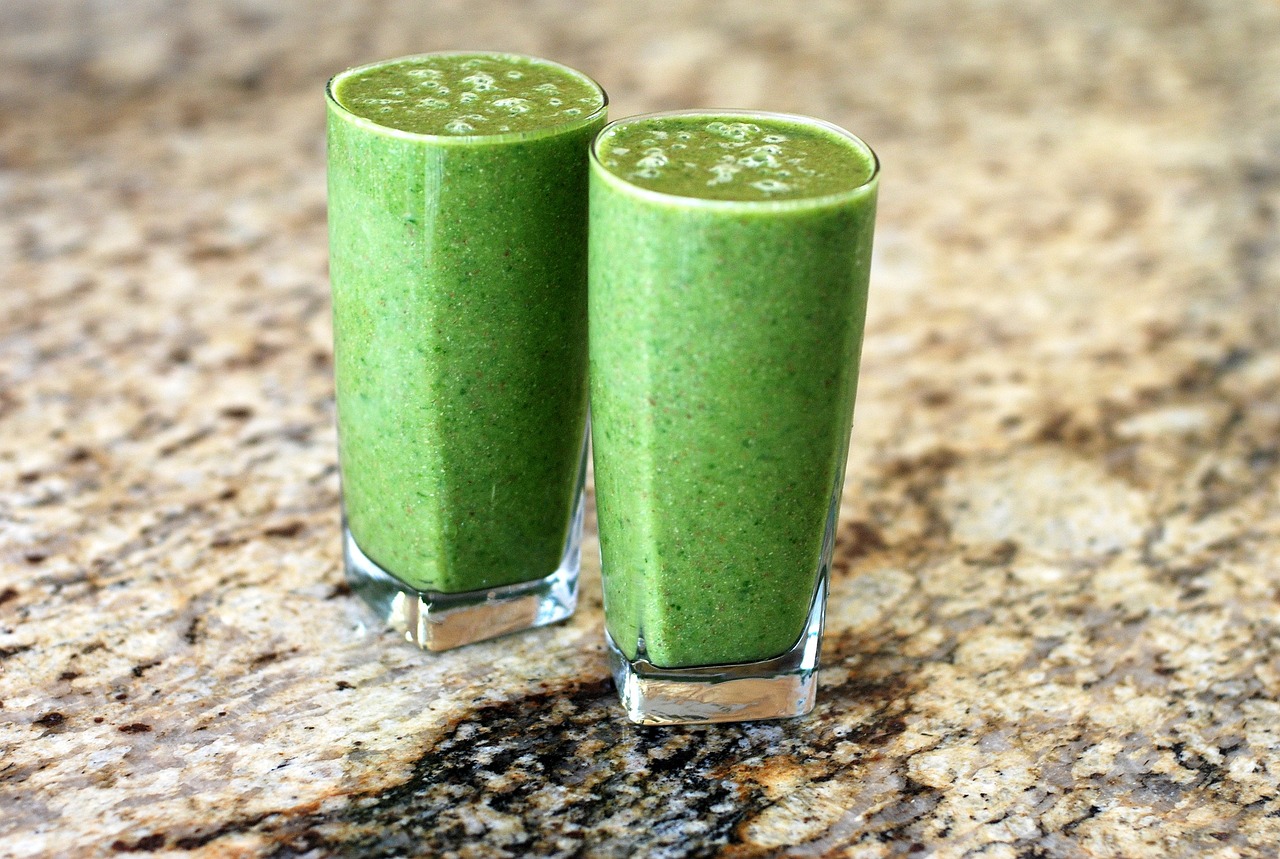When it comes to building a powerful upper body, the parallel bar dip often stands in the shadow of more popular exercises like the bench press or push-up. However, dismissing this exercise would be a grave oversight. Parallel bar dips are a compound movement that effectively targets the chest, shoulders, and triceps, making them a valuable addition to any strength training regimen.
Muscle Engagement: More Than Just the Chest
While dips are renowned for their chest-building prowess, their benefits extend beyond the pectoral muscles. This exercise also engages the anterior deltoids, triceps brachii, and even the core muscles, providing a comprehensive upper body workout. The degree of muscle activation can be influenced by body positioning; leaning forward emphasizes the chest, while maintaining an upright posture shifts the focus toward the triceps.
The Foundation of Effective Dips
Executing parallel bar dips with correct form is crucial to maximize benefits and minimize injury risk. Begin by grasping the parallel bars with a firm grip, arms fully extended, and shoulders aligned over your hands. Cross your ankles behind you to stabilize the lower body. As you lower yourself, bend the elbows and allow a slight forward lean to target the chest muscles effectively. Descend until your elbows form a 90-degree angle, then press upward to return to the starting position. Maintaining control throughout the movement is essential for both safety and effectiveness.
To Challenge and Progress
Once you've mastered the basic dip, several variations can add complexity and target different muscle groups. Weighted dips involve adding resistance through a dip belt or weighted vest, increasing the load and promoting muscle hypertrophy. Ring dips, performed on gymnastic rings, introduce instability, requiring greater engagement of stabilizer muscles and enhancing coordination. For beginners, assisted dips using resistance bands or an assisted dip machine can help build foundational strength.
Protecting Your Shoulders
Despite their benefits, dips can pose a risk to the shoulder joints if not performed correctly. It's important to avoid excessive shoulder extension at the bottom of the movement, as this can strain the anterior shoulder capsule. Limiting the depth to a 90-degree elbow bend can help mitigate this risk. Additionally, individuals with pre-existing shoulder issues should approach dips cautiously and may benefit from consulting a fitness professional before incorporating them into their routine.
Integrating Dips into Your Workout
Parallel bar dips can be seamlessly integrated into upper body workouts, particularly on days focusing on pushing movements. Performing 2-3 sets of 8-12 reps can effectively promote muscle growth and strength. As with any exercise, it's important to listen to your body and allow adequate recovery time between sessions to prevent overuse injuries.
Verdict: An Underrated Powerhouse
In the realm of upper body exercises, parallel bar dips are a formidable tool for developing strength and muscle mass. Their ability to target multiple muscle groups, coupled with the potential for progression through various modifications, makes them a valuable addition to any strength training program. So, the next time you're planning your workout, don't overlook the humble dip—it might just be the key to unlocking your upper body potential.













